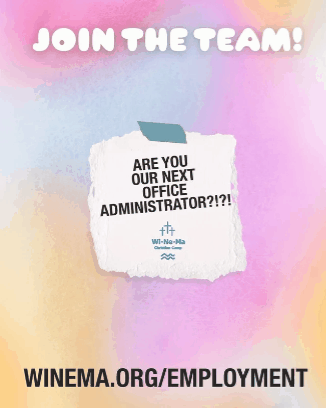| A plan to better connect pieces of the trail has just been released. The Oregon Coast Trail Action Plan was years in the making. It includes an assessment of current trail conditions and recommendations for improvements, including connecting gaps that exist in the trail.
The Plan says in part,
Traversing Oregon’s dramatic coastline from border to border, the Oregon Coast Trail (OCT) travels roughly 400 miles across beaches, forests, and rivers. Much of the trail is on the beach or on hiking trails. However, a significant portion of the OCT follows the shoulders of roads and highways, such as U.S. 101. These gaps in the OCT can feel uncomfortable or unsafe and detract from the hiking experience. Some sections of the trail lack adequate supportive services and facilities, such as camping opportunities and potable water. This Oregon Coast Trail Action Plan (Action Plan) describes how to remedy these gaps in the trail. This plan also addresses ways to improve trail amenities and services along the trail, including mapping and wayfinding, camping, restrooms, water crossing services, and a centralized trail information system.
What we have for hikers along the coast is already a treasure and I look forward to seeing all parts of the trail safely connected.
This Plan is a culmination of over three years of work between the Oregon Parks and Recreation Department, the Association of Oregon Counties, Oregon Solutions, and FHWA Western Federal Lands. It was guided by the insight of staff from Oregon DOT, the Department of Land Conservation and Development, the U.S. Forest Service, the U.S. Fish and Wildlife Service, Tribal governments, coastal cities and counties, Oregon Coast Visitors Association, private businesses, and many dedicated recreation users and advocates who know these trails inside and out. |









